Global Energy Trends From The 2023 Statistical Review Of World Energy
R-Squared Energy
AUGUST 10, 2023
Overview The newest Review shows the world remains heavily reliant on fossil fuels for energy needs, even as renewables like solar and wind continue rapid growth. While renewable power expanded at record rates, fossil fuels maintained an 82% share of total primary energy consumption. growth in 2021.


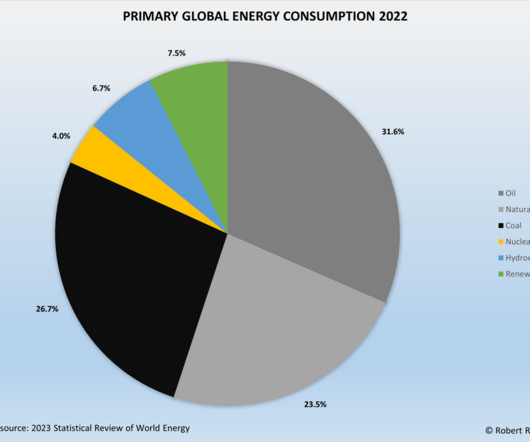
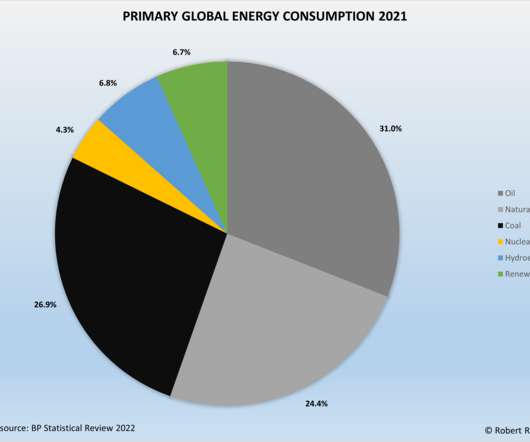

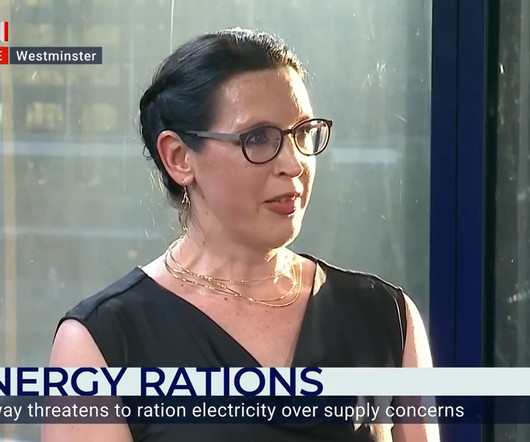
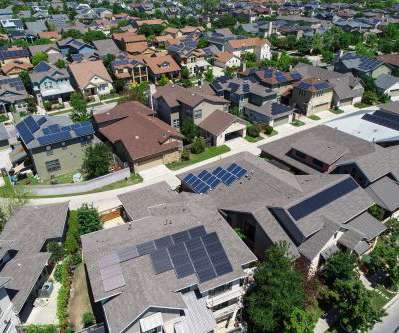

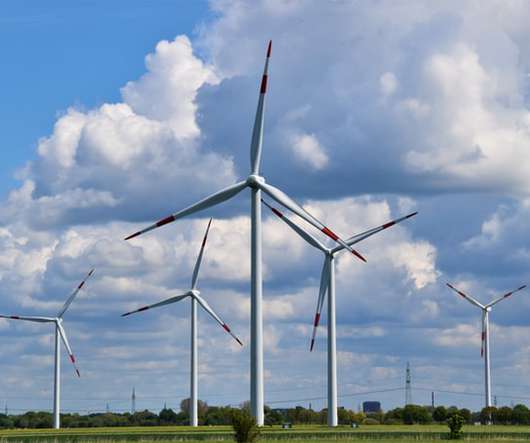


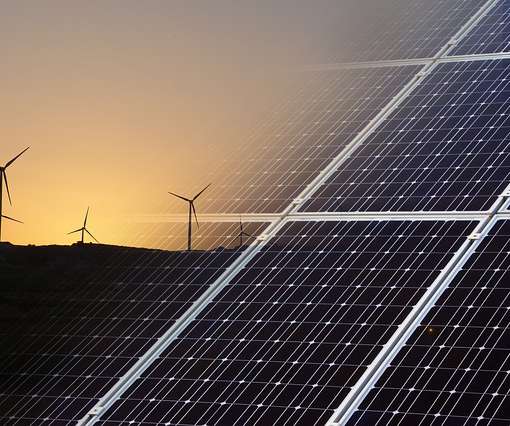
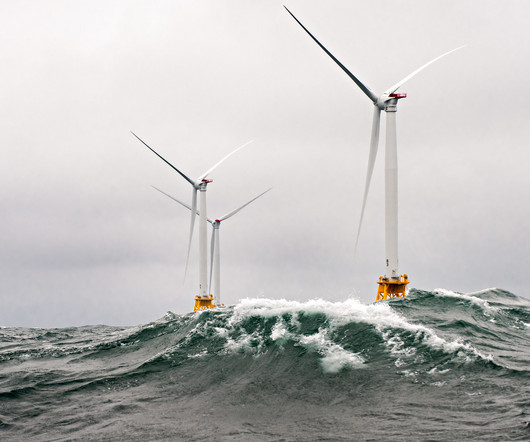








Let's personalize your content